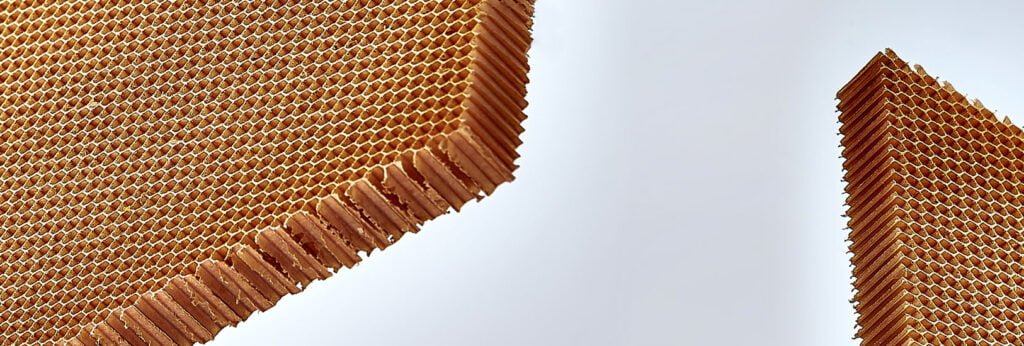In environments where fire hazards are a concern, clothing and fabrics face a high risk of ignition. To address this, many fabrics used in everyday items like furniture and clothing are manufactured to meet flame-resistant standards.
This minimizes the risk of these materials catching fire easily.
For those working in particularly hazardous settings, such as utility services, wearing flame-retardant clothing is crucial. These clothes are specially designed to offer protection against fire and heat, reducing the risk of burns from accidental exposure.
Materials like Kevlar, indura, and PBI, along with treated cotton, provide a strong defense, preventing garments from igniting or melting under intense heat.
These protective fabrics are vital for safety in dangerous jobs.What Are Flame Retardant Fabrics?
A flame retardant fabric is a special kind of fabric that limits the spread of fire, reduces the damage from fire and heat, protects the wearer from fire exposure, and self-extinguishes when the person wearing it is at a safe distance from the heat source. The flame-resistant fabrics come from their special composition, which includes materials that are naturally resistant to flames.
6 Types Of Flame Retardant Fabrics
There are varying types of FR fabrics. Some offer great protection against fire and flames, while some offer less resistance. It’s always best to compare and choose the best quality flame retardant clothing for the utmost protection.
Following are some common types of flame retardant fabrics.
Nomex

This fire-resistant material is the oldest line of FR fabrics that’s been used since the 1960s. DuPont, the American multinational chemical company, trademarked and developed this type of FR fabric for race car drivers because of the fiery crashes that often happen in races. Nomex is a fabric that is quite similar to nylon.
Nomex is a breathable, durable, and comfortable fabric to wear and has been effective at resisting fire damage for many years. Nomex is often used by firefighter hoods that are used to cover the head, neck, and face, which aren’t covered by the mask and the helmet. These hoods not only protect the firefighters from flames from fires but also from intense heat exposure.
Kevlar

Kevlar is among the most commonly used fire-resistant fabrics that are famous for its durability and protection. Kevlar is related to Nomex, and DuPont also developed it. It is thinner and lighter compared to most Nomex fabrics. This makes it a common and effective choice for protection against heat.
Kevlar is a popular and widely used fabric for making bulletproof vests, but it also has various other uses. Kevlar’s most useful quality is that it can retain its tensile strength in extreme heat and extreme cold.
This makes Kevlar an excellent fabric for people who are looking for flame-retardant garments that are comfortable enough for the person to move freely in without any extra padding and additional weight.
Indura
Indura cotton is considered the best-selling fabric for flame-retardant clothing. Indura is 100% cotton and provides durable flame-retardant clothing that also is washable.
Indura cotton is treated with fire retardant polymers which gives the garment efficient protection against heat and fire that many professionals working in utility jobs need.
PBI
PBI is an organic fiber that is very effective for fire resistance. It is a great choice for firefighters and professionals like utility workers who work around the fire and where electrical hazards are commonplace.
This fiber has a gold coloring that blends well with other fibers to create a premium fabric that is lightweight, durable, and efficient at resisting fire and intense heat. It is also slightly more expensive compared to other flame-retardant fabrics.
Cotton
Cotton is a commonly known material famous for its lightweight, cost-effective, and breathable fabric. The thicker the cotton, the more comfortable and high-quality the fabric. Cotton is known to provide better durability throughout its lifespan as a flame-retardant garment.
A garment made with flame-retardant cotton can give you good protection against heat as well as fire exposure. Another good thing is that cotton will be cheaper and will provide comfort as well when it comes to sparks and other hazards. Cotton, though effective and comfortable, still doesn’t provide enough protection for all welding options. Some jobs require more durable garments that are capable of handling intense heat, sparks, and spatter.
Levitex
LEVITEX Flame Retardant fabrics are used to make clothing that protects workers from serious injury when struck by arcs, flames, or molten metal. These self-extinguishing fabrics will not continue burning after the heat source has been removed and don’t melt even if exposed to high temperatures.
LEVITEX can combine different functions such as oil-resistant, water-repellency, acid and alkali-resistant, antistatic, moisture-wicking, water-pressure-resistant, anti-mosquito, and Teflon on the same flame-resistant fabric.
Differences Between Naturally Flame-Resistant Fabrics and Chemically Treated Fabrics
Inherent flame-resistant fabrics are crafted using fibers that resist flames without needing chemical treatments. This natural ability means the fabric remains effective against fire for the entire life of the garment.
No extra processes are needed to enhance their flame resistance.
Chemically treated flame-resistant fabrics undergo a process where they are coated or treated with fire-resistant chemicals. This coating provides temporary protection against fire.
Unlike inherent fabrics, the flame-resistant property of treated fabrics can diminish. Regular washing, continual use, or exposure to certain conditions can lead to a decrease in their protective abilities over time.
| Feature | Inherent Flame Resistance | Treated Flame Resistance |
|---|---|---|
| Source of Resistance | Natural fiber properties | Applied chemical treatment |
| Durability of Resistance | Permanent | Can decrease over time |
| Maintenance Impact | No effect on resistance | May reduce resistance with usage |
bottom line
For professionals that deal with fire on a daily basis, such as utility workers or firefighters, any degree of flame retardant fabrics can work. There are various fabrics to choose from. Some are naturally flame retardant, while others are treated to be flame retardant. So be mindful of your choice!
